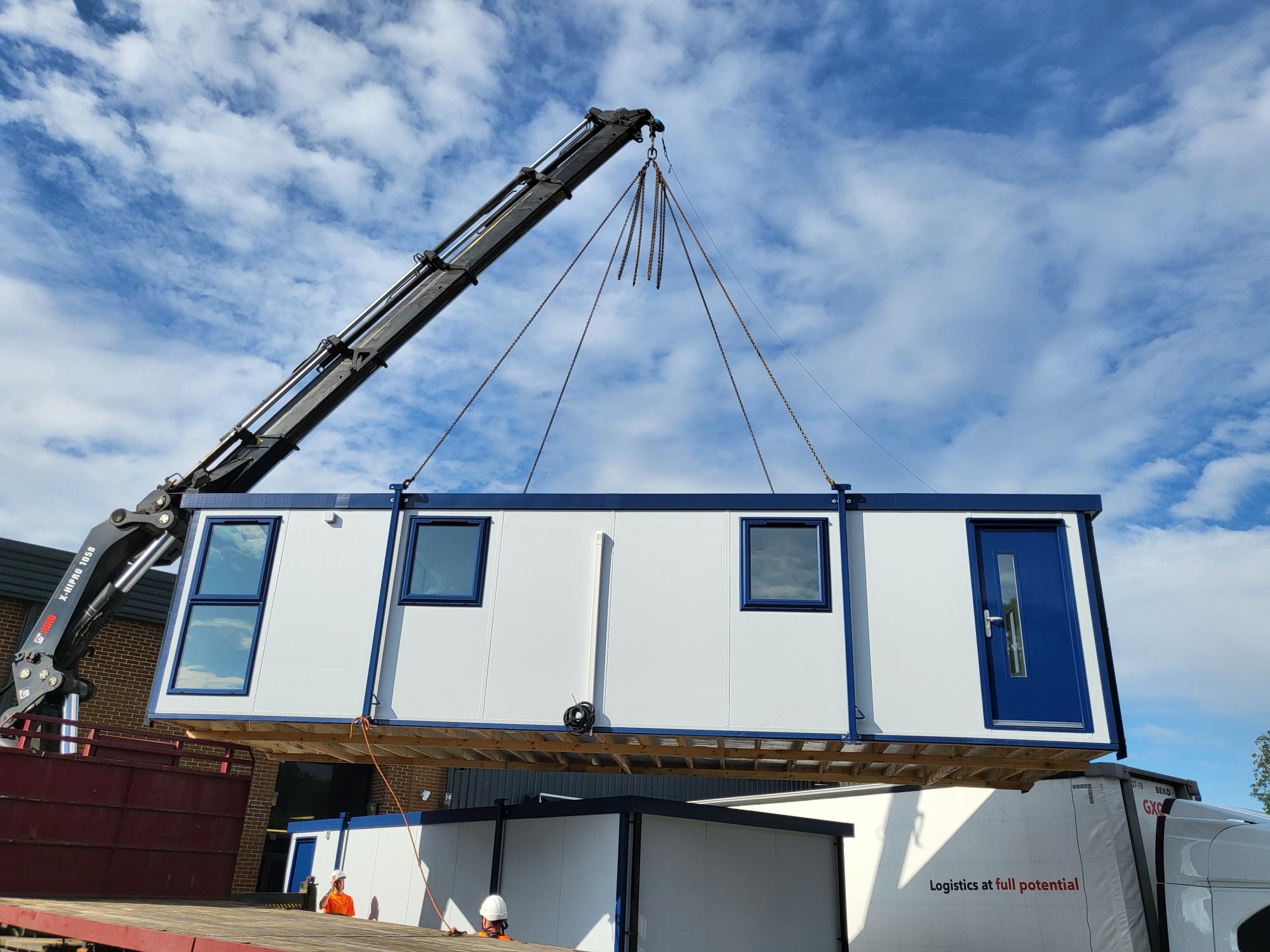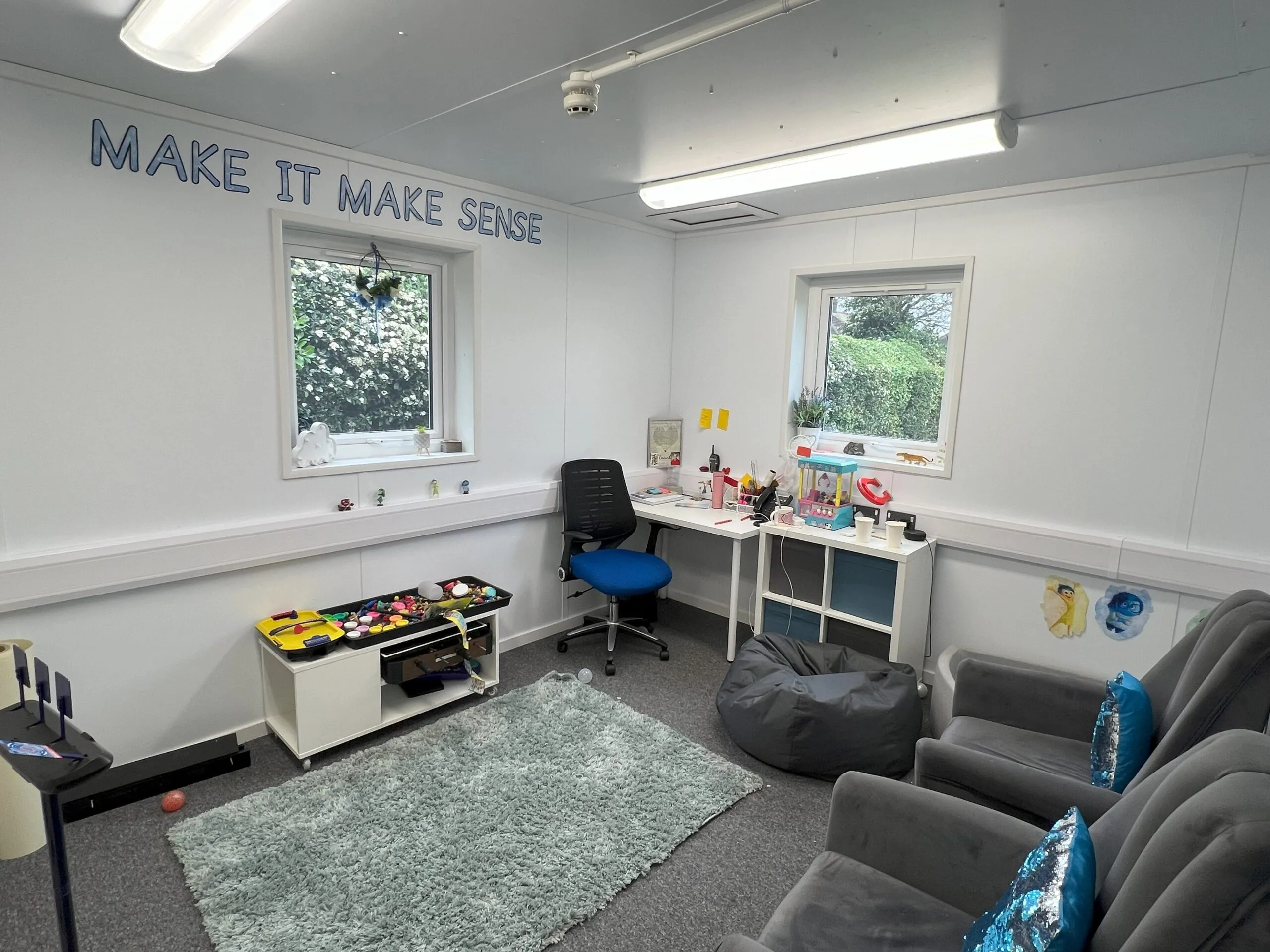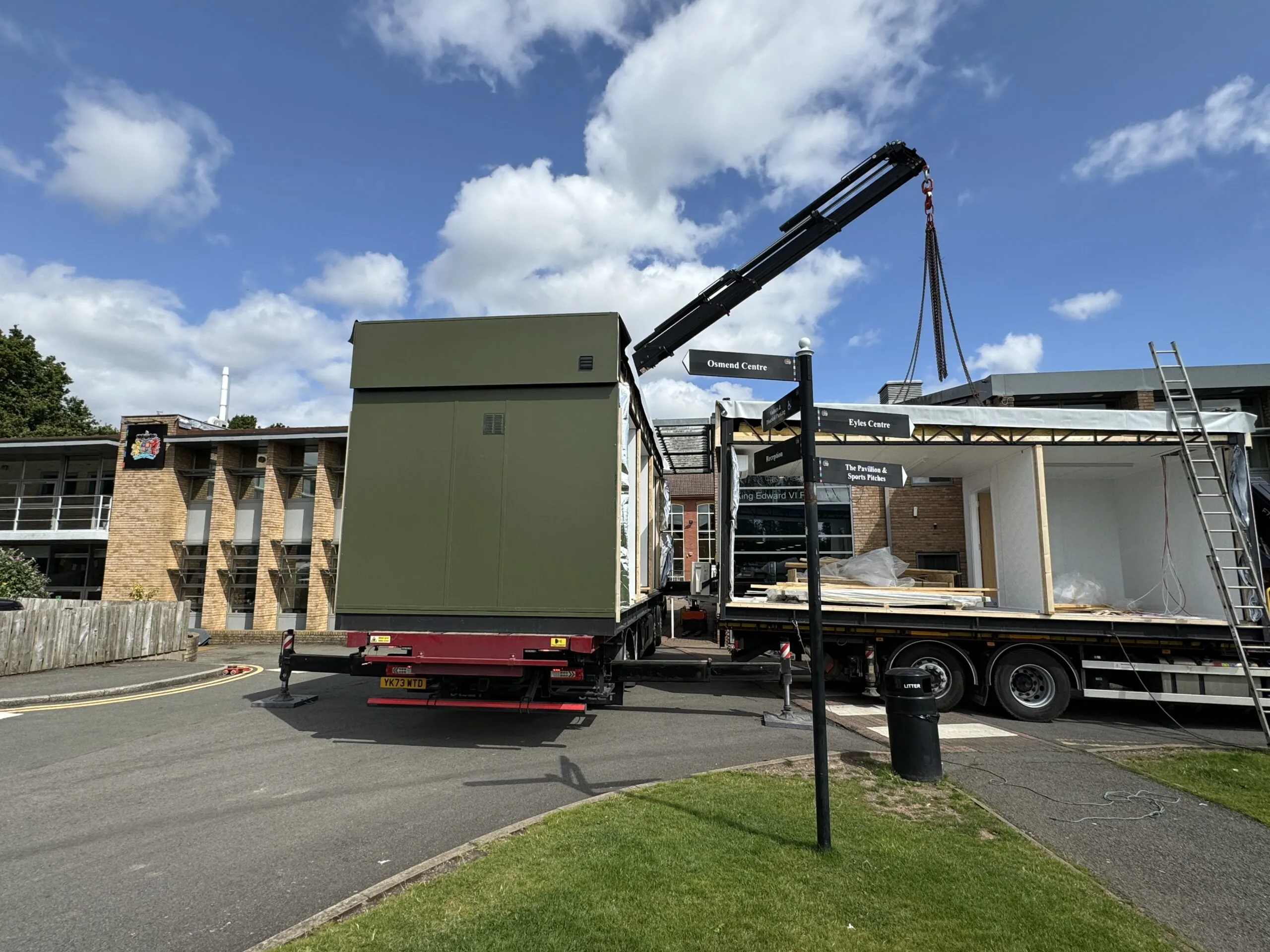Across the UK, schools are facing pressure to modernise, expand, and adapt while working within tight budgets and strict timelines. It’s no wonder that modular classrooms are becoming a more viable choice over traditional building methods.
But this shift isn’t just about saving time and money. It’s a response to broader challenges facing the education sector, including rising pupil numbers, sustainability targets, and the need for flexible, future-ready learning environments.
So why are modular buildings leading the way?
One of the primary reasons schools are turning to modular construction is speed.
Traditional builds often take months, sometimes years, to complete. Planning, groundwork, weather delays, and on-site complexities all slow the process. For schools that need additional space now, waiting isn’t an option.
Modular classrooms are manufactured off-site and installed with minimal disruption. This significantly reduces build time and allows schools to react quickly to increased enrolment or changing curriculum needs.
In some cases, modular classrooms can be delivered and ready for use in a matter of weeks.
This rapid response time is particularly valuable for schools dealing with emergency repairs, growing catchment areas or the aftermath of temporary site closures, where delays could directly impact pupils’ education.

Budget management is a key concern for any school, especially amid ongoing funding pressures.
Traditional builds are often subject to unforeseen costs, from material price hikes to labour shortages. In contrast, modular buildings provide greater cost certainty. Because much of the construction happens in a controlled environment, delays and fluctuations are minimised.
Modular manufacturers can provide accurate quotes early on, helping school leaders and local authorities plan more confidently.
For publicly funded projects, this predictability is a major advantage. This adds confidence to funding bids and ensures spending remains within allocated limits.
Bricks and mortar aren’t a necessity for schools today. Most schools are now committed to greener choices that align with sustainability goals.
Modular buildings often produce less waste during construction, and many use energy-efficient materials and technologies. What’s more, off-site construction means fewer emissions from deliveries and machinery on-site.
For schools seeking BREEAM certification or working towards achieving net-zero status, modular school buildings are an ideal solution that supports their environmental commitments.
The ability to integrate solar panels, energy-efficient lighting, and smart heating systems also makes modular classrooms a natural choice for schools looking to lead by example in climate-conscious design.
Modern education is evolving fast. Whether it’s creating a sensory space for SEND pupils, setting up temporary classrooms during a refurbishment, or planning for Sixth Form expansion, schools need spaces that adapt to their needs.
Modular school buildings can be:
Single or multi-storey
Permanent or temporary
Custom-designed or standardised
This flexibility is one of the key reasons education leaders are moving away from traditional construction. They don’t just want a building — they want a solution that works for them now and in the future.
Some schools even use modular buildings as hybrid spaces, doubling up as classrooms during the day and community centres or extracurricular hubs after hours, thereby maximising the value of their investment.

According to Department for Education figures, the UK school-age population continues to grow. Some areas are seeing unprecedented demand for places, leaving local authorities scrambling to expand capacity.
Traditional builds simply can’t keep up with the pace. Planning applications, weather delays and stretched contractor availability often result in missed deadlines.
Modular classrooms offer a scalable and rapid response to growing demand. Additional units can be installed as needed, without lengthy construction schedules or major disruption to the school day.
A common misconception is that modular means “basic.” In reality, modular design has come a long way.
Today’s modular classrooms are bright, spacious, well-ventilated, and tailored to modern teaching. Acoustic insulation, integrated tech, secure access, and low-energy lighting are just a few of the design features now standard in high-quality modular buildings.
In short, modular no longer means compromise — it means smart, fit-for-purpose learning environments that support student wellbeing and engagement.
As schools place more emphasis on mental health and inclusivity, the ability to design quiet rooms, breakout spaces or specialist SEN classrooms makes modular a forward-thinking choice.
Another factor behind the shift is that modular construction is increasingly being embraced by funding bodies and local authorities.
Frameworks such as MMC1 (Modern Methods of Construction Framework) and support from initiatives like the Condition Improvement Fund (CIF) mean that schools now have more options to fund modular expansion.
As confidence in the quality and longevity of modular buildings grows, so too does the support for them at policy level.
And with the government continuing to back Modern Methods of Construction (MMC) as part of its wider strategy to improve public sector infrastructure, schools choosing modular school buildings are aligning with national education policy as well as local priorities.
The pandemic reshaped how schools think about space. Ventilation, room size, and layout flexibility are now top priorities — not just for safety, but for long-term resilience.
Modular classrooms are often designed with high-spec ventilation systems and flexible internal layouts, allowing for better airflow, adaptable desk arrangements and future reconfigurations without extensive refurbishment.
This adaptability has made modular buildings even more attractive in a post-COVID landscape, where schools want to be prepared for anything.
For schools, continuity is everything.
Traditional construction sites can cause disruption, including noise, dust, restricted access, and safeguarding concerns. These challenges make large-scale projects difficult to manage during term time.
Because modular classrooms are primarily constructed off-site, on-site work is shorter and cleaner. Installation can often be scheduled during school holidays, keeping pupils, staff, and day-to-day operations free from unnecessary interruption.

Modular school buildings are becoming a more common solution. With proven benefits in speed, flexibility, cost control, and sustainability, they’re fast becoming the go-to choice for schools looking to expand or modernise.
As the education sector continues to evolve, whether to meet net-zero goals, adapt to digital learning, or enhance inclusivity, modular construction offers a flexible foundation that can grow with your school.
At GCS Group, we’ve worked with schools, academies and colleges across the UK to deliver high-quality modular classrooms that meet the needs of modern education.
Whether you’re planning a new teaching block, a standalone SEND unit or a complete site redevelopment, we’re here to help.
Contact our team to find out more or explore our education case studies for inspiration.